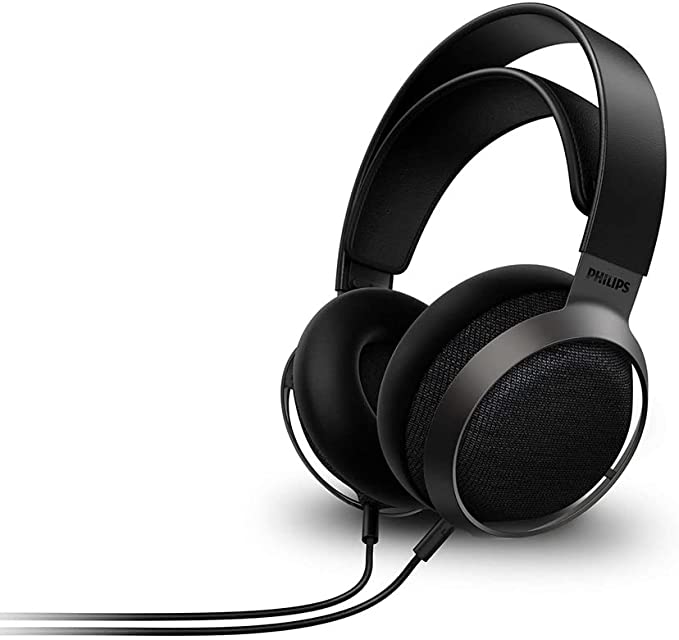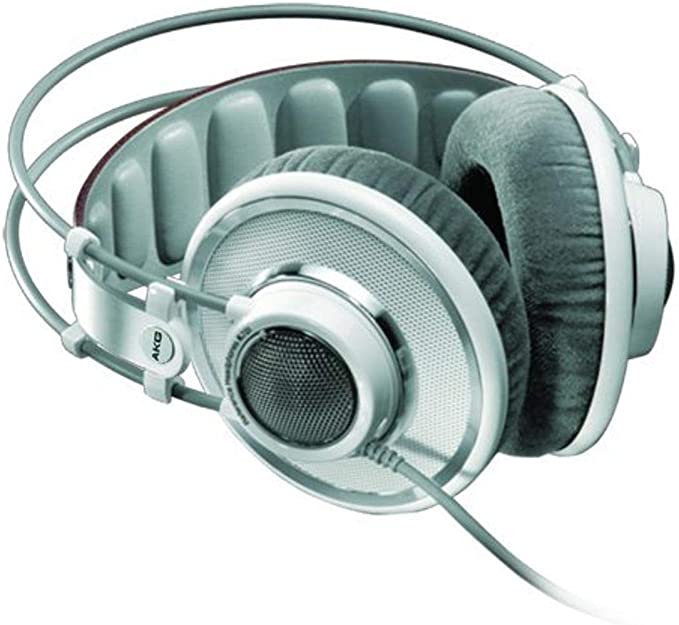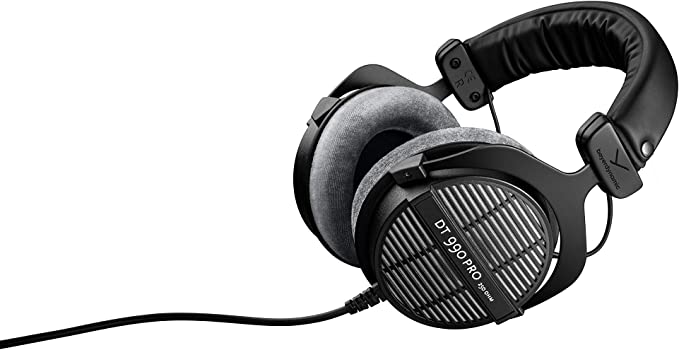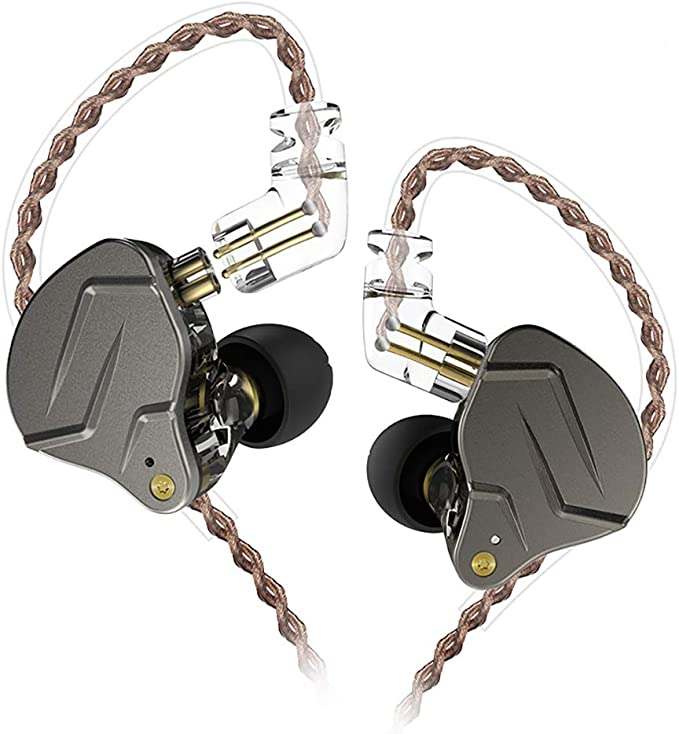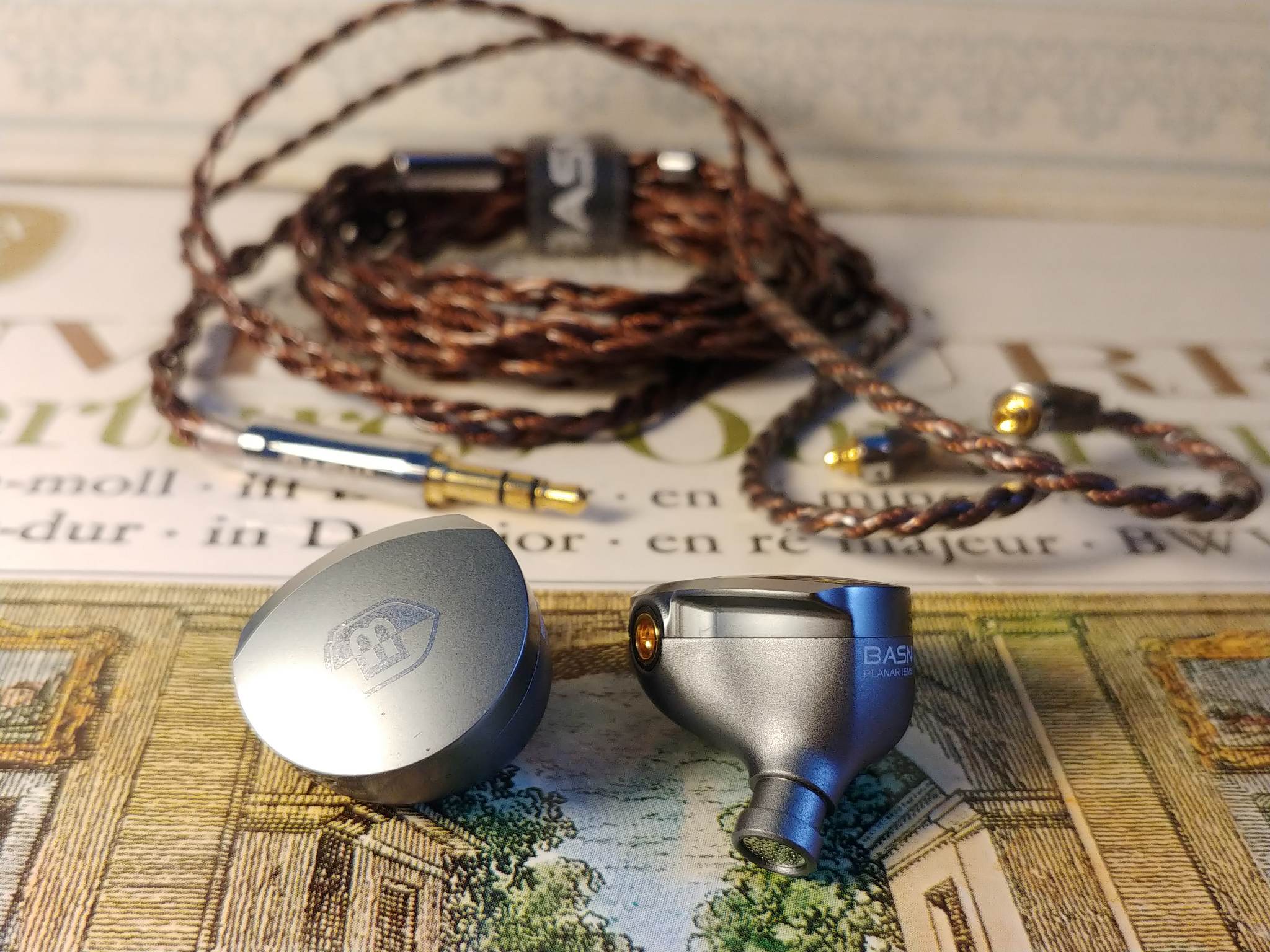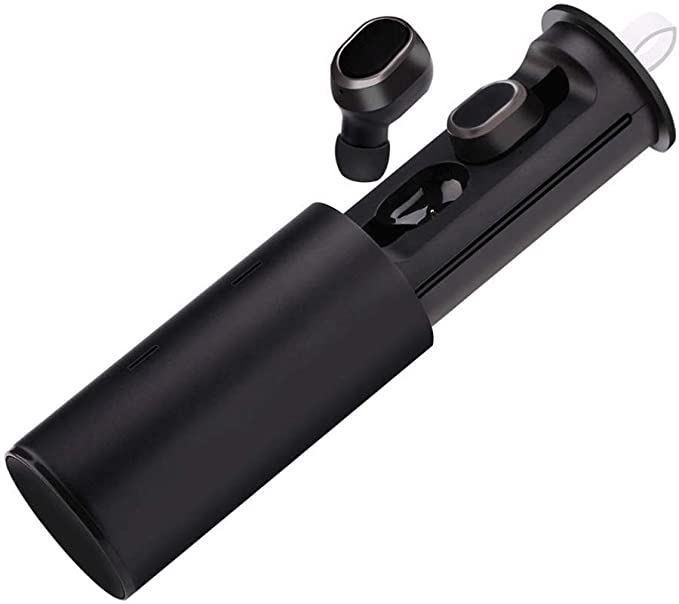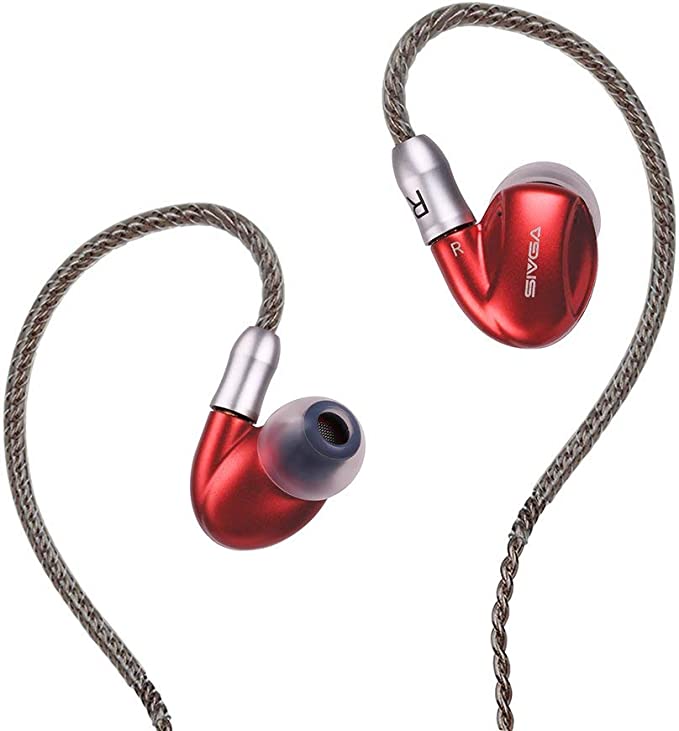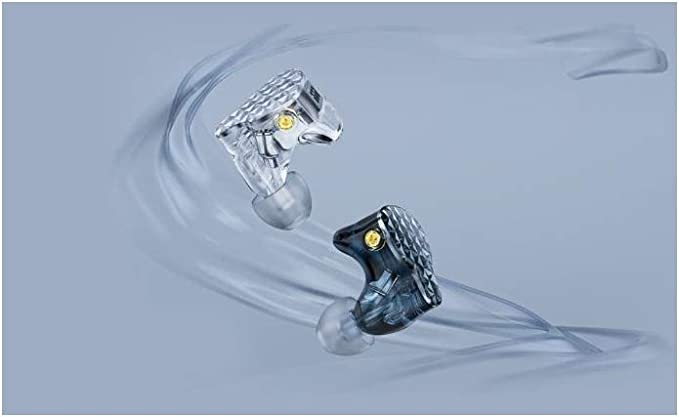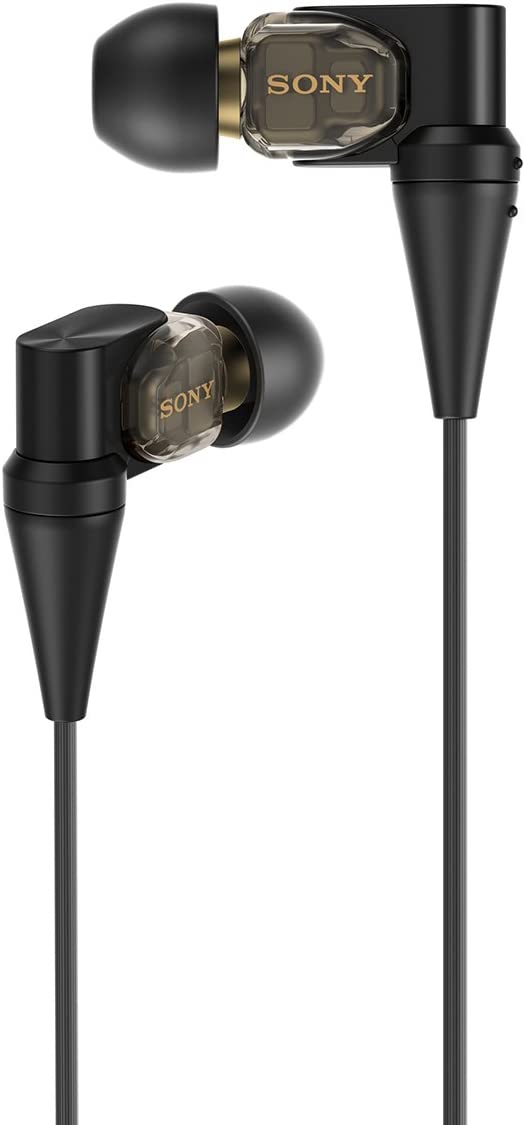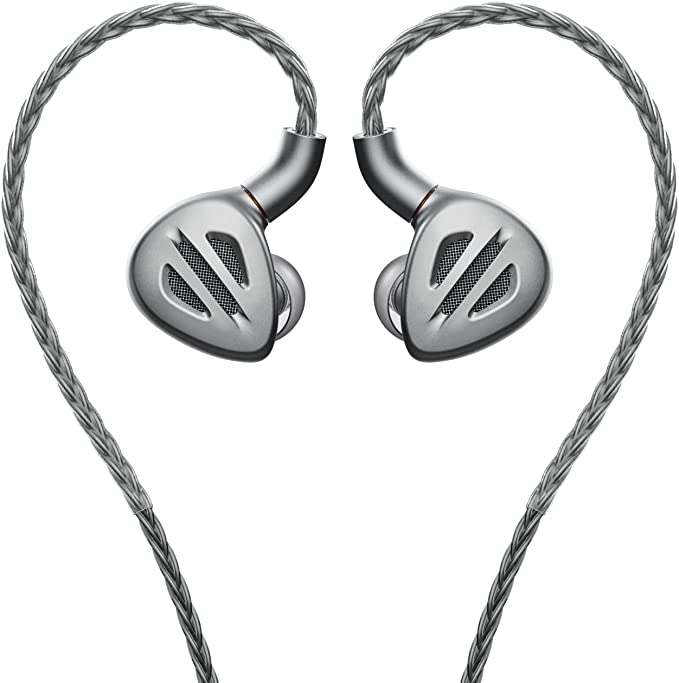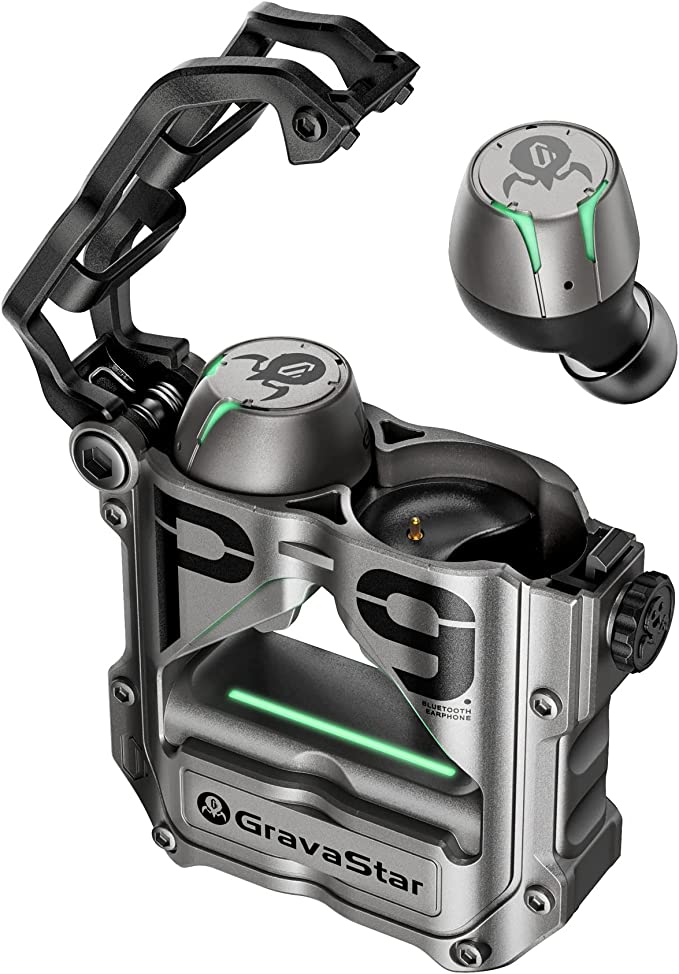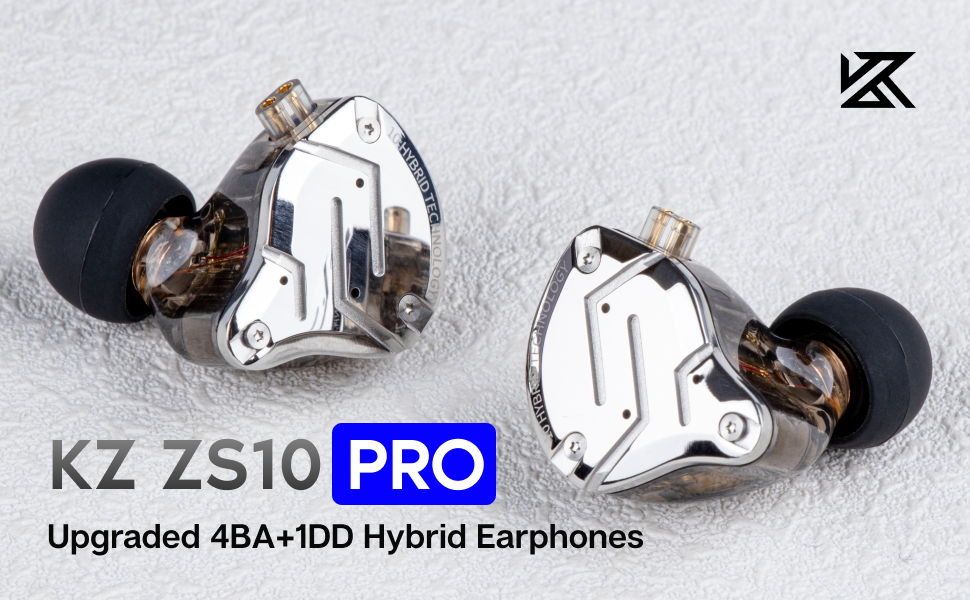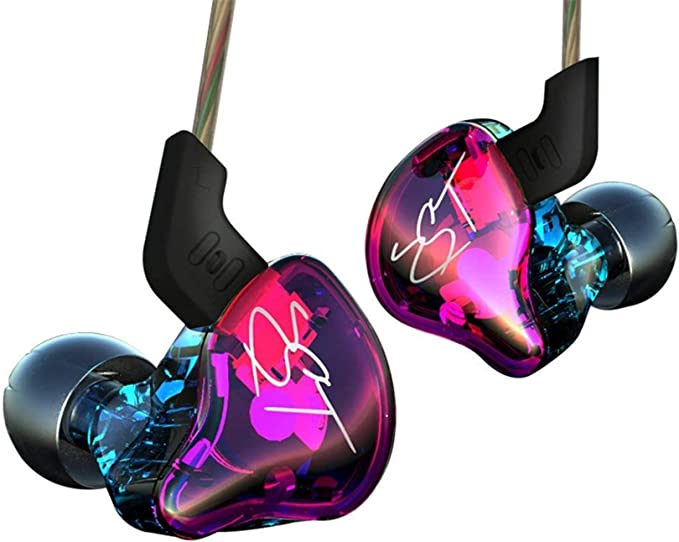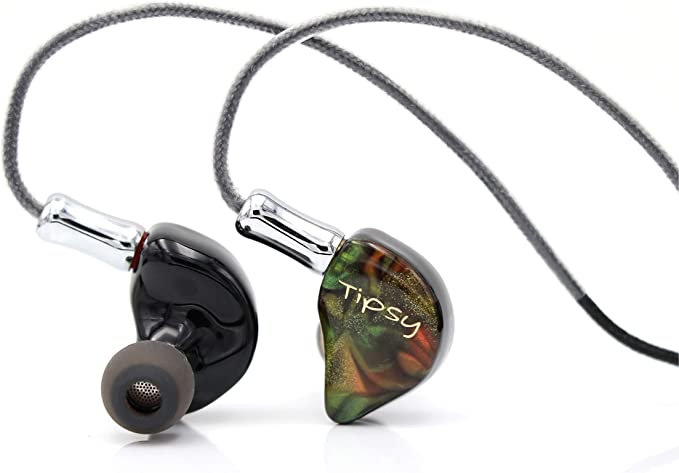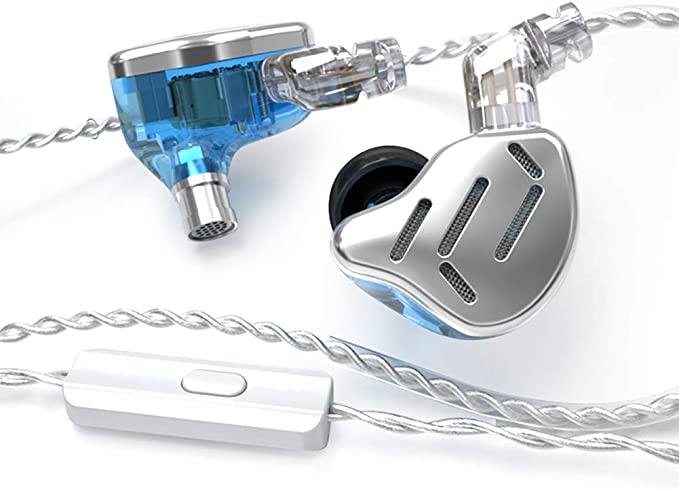Sangean HDR-18 HD Radio: Experience Crystal-Clear Sound and More
Update on Aug. 25, 2025, 8:18 a.m.
There’s a specific kind of quiet that has settled over our modern world. It’s not the tranquil silence of a secluded forest, but the sterile, curated silence of noise-canceling earbuds. We live in personalized audio bubbles, our days scored by algorithmic playlists and on-demand podcasts. In this shift, we’ve gained convenience, but perhaps we’ve lost something elemental: the simple, shared magic of pulling sound out of thin air. I was reminded of this recently, not by a new gadget, but by a device that feels both profoundly old and surprisingly new—the Sangean HDR-18.
To simply call it a tabletop radio is to miss the point entirely. This handsome wooden box is a time machine and a technology demonstrator, a bridge between the romantic crackle of the past and the crystalline precision of the digital future. It is, in essence, a vessel for a quiet revolution in broadcasting: HD Radio.

Taming the Ghost in the Aether
For a century, listening to the radio meant accepting a constant companion: the ghost of static. It was the hiss, the fade, the crackle—the analog artifacts inherent in transmitting sound as a continuous wave. For engineers at the turn of the millennium, this ghost was a problem to be solved. The challenge was immense: how do you upgrade an entire broadcast infrastructure to digital quality without rendering every car radio and kitchen receiver obsolete?
The answer, developed by a company named iBiquity Digital, was a stroke of engineering genius called IBOC, or In-Band On-Channel. Instead of demanding a new frequency, IBOC cleverly layers the digital signal onto the same broadcast channel as the existing analog signal. Think of it as a highway expansion project where new, high-speed digital lanes are built alongside the old analog road. Your old radio continues on its familiar path, oblivious to the change, while a receiver like the HDR-18 can merge into the new lanes, accessing a purely digital stream. It was not a disruptive demolition, but an elegant, respectful renovation of Marconi’s grand vision.
The result is transformative. On the HDR-18, an FM station sheds its subtle hiss and emerges with a clarity and dynamic range that rivals a well-mastered CD. But the real miracle is the AM band. Long relegated to talk shows and sports due to its muddy, narrow sound, AM in HD sounds like traditional FM—clear, articulate, and immensely listenable. The ghost has been tamed.

The Alchemist’s Box: Crafting Sound from Wood and Waves
This digital clarity, however, is only half of the equation. A pure signal is worthless if the device reproducing it is flawed. This is where the Sangean HDR-18 reveals its deep understanding of audio science. The first thing you notice is its substantial, acoustically tuned wooden cabinet. In a world of flimsy plastic, this is a deliberate choice rooted in physics.
Sound is vibration. When a speaker produces sound, it also vibrates its enclosure. A thin, lightweight plastic box will vibrate sympathetically, adding its own resonant frequencies—a hollow, “boxy” coloration—to the music. The dense, internally braced MDF of the HDR-18 acts as an acoustic alchemist. Its mass and inherent damping properties resist vibration, absorbing chaotic energy and allowing you to hear only what the speaker itself is producing. It doesn’t just house the electronics; it provides a silent, stable stage upon which the sound can perform. This is why the audio from the HDR-18 feels “warm” and “solid”—it is the absence of unwanted noise, allowing the richness of the source to come through.
Inside this carefully crafted box, a powerful Digital Signal Processor (DSP) acts as the brain. It decodes the incoming HD Radio signal, corrects for any errors, and manages the audio. But it’s the user-facing controls for bass and treble that complete the experience, allowing you to tailor the sound not to some engineer’s ideal, but to the unique acoustic properties of your own room.

The Tactile Joy of Tuning In
In our world of tapping on glass, the HDR-18 reintroduces a forgotten tactile pleasure. The weighted tuning knob turns with a satisfying, damped resistance, inviting you to explore the dial. And exploring you will. This is where HD Radio’s second great feature comes alive: multicasting.
Because the digital signal is so efficient, broadcasters can subdivide their stream. A single frequency might now host two, three, or even more distinct channels. As you tune across the dial, you might find a classical station’s main broadcast on HD1, and on HD2, a 24/7 opera stream that could never have justified its own analog frequency. A college station on HD1 might host an experimental electronic music show on its HD2 channel. It’s like discovering hidden alleyways in a familiar city. It’s a return to the joy of discovery, a delightful antidote to the predictable bubble of the algorithm.
This experience is enriched by the data stream that accompanies the audio, displaying the song title and artist on the crisp LCD screen. You’re not just a passive listener; you’re an informed participant.
The Unsung Lifeline in a Fragile World
For all its audiophile appeal, the HDR-18 holds a deeper, more profound value. It is a bastion of informational resilience. When a storm knocks out the power and the internet goes dark, our cloud-based world of streaming media evaporates. It is in these moments that the humble radio reasserts its primary purpose. The HDR-18 is equipped to receive Emergency Alerts (EAS), broadcasting critical information from authorities when all other lines of communication may be down.
It needs no Wi-Fi password, no data plan, no subscription. It asks only for a bit of electricity and an antenna open to the air. It is a reminder that the most robust technologies are often the simplest, and that a connection to our local community, through the shared and free airwaves, is a resource of incalculable worth.
The Sangean HDR-18 is not an exercise in nostalgia. It is a forward-looking device that argues for a better way of listening—more intentional, more resilient, and more connected to the world just outside our window. It is proof that in the relentless pursuit of the future, some of the most elegant solutions can be found by respectfully perfecting the past. It is the sound of radio, reborn.

